I uploaded 20 light graffiti for inspiration. I didn`t choose the best light graffiti arround the globe, but here are some outstanding graffiti to inspire all designers in there work!
Just look how well they fit into the landscape! This needs to be a very good photographer and painter ( designer )
Here is a little bit of the light painting history inspired by wikipedia.
Light painting, also known as light drawing or light graffiti is a photographic technique in which exposures are made usually at night or in a darkened room by moving a hand-held light source or by moving the camera. In many cases the light source itself does not have to appear in the image. The term light painting also encompasses images lit from outside the frame with hand-held light sources.
Moving the light source
The light can either be used to selectively illuminate parts of the subject or to “paint” a picture by shining it directly into the camera lens. Light painting requires a sufficiently slow shutter speed, usually a second or more. Like night photography, it has grown in popularity since the advent of digital cameras because they allow photographers to see the results of their work immediately.
Light painting can take on the characteristics of a quick pencil sketch. Pablo Picasso was photographed in 1949 doing a quick sketch in the air.
Flash lights or light pens can also be used to create Full Bleed images. Different colored lights can be used to project an image on the CCD.
Moving the camera
Light painting by moving the camera, also called camera painting, is the antithesis of traditional photography. At night, or in a dark room, the camera can be taken off the tripod and used like a paintbrush. An example is using the night sky as the canvas, the camera as the brush and cityscapes (amongst other light sources) as the palette. Putting energy into moving the camera by stroking lights, making patterns and laying down backgrounds can create abstract artistic images. Also known as “Camera Toss.”
Making a light painting doesn’t necessarily need to be done in a dark room or at night. Sometimes using artificial light, like LEDs and mobile phones, or through the limited sunlight beaming in a curtained room creates a shadowing effect. Using a mirror creates a double image, which adds up to a more creative result.
Technique and equipment

Light photo of a glowsticking dance.
A variety of light sources can be used, ranging from simple flashlights to dedicated devices like the Hosemaster, which uses a fiber optic light pen. Other sources of light including candles, matches, lighter flints, glowsticks, and Poi are also popular.
A tripod is usually necessary due to the long exposure times involved. Alternatively, the camera may be placed on or braced against a table or other solid support. A shutter release cable or self timer is generally employed in order to minimize camera shake. Color Gels can also be used to color the light sources.
Manual focus is often used since autofocus systems may not perform well in low light. In addition, photographers often use a slow film speed or low ISO setting on a digital sensor to minimize grain (or digital noise) and increase exposure tolerance, as evaluating exposure is often tricky.
Source: www.wikipedia.com
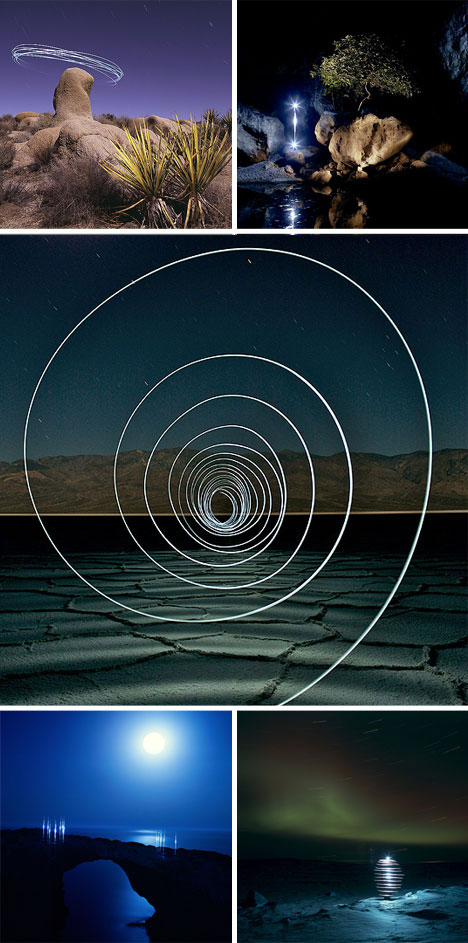
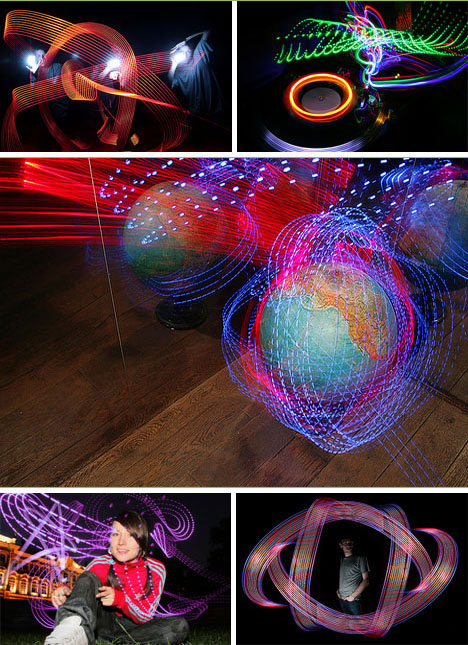
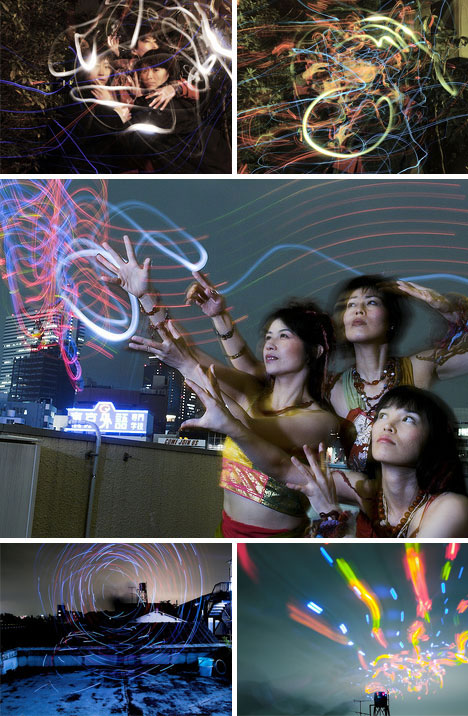
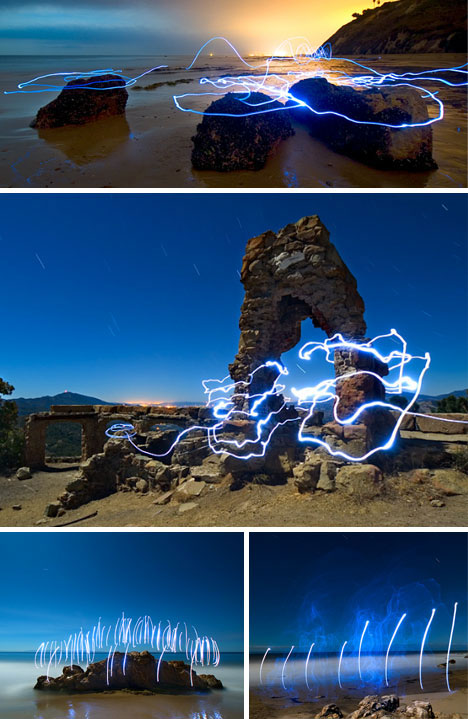
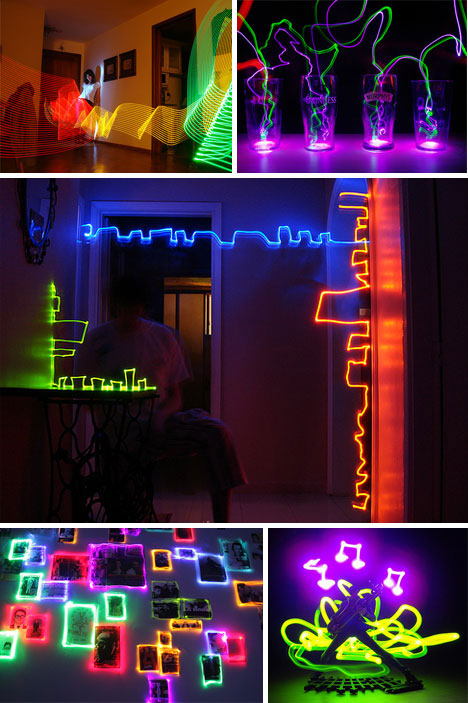
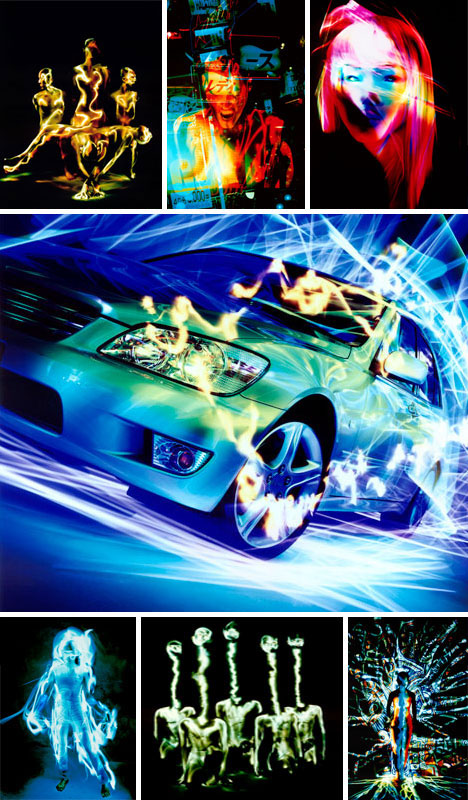
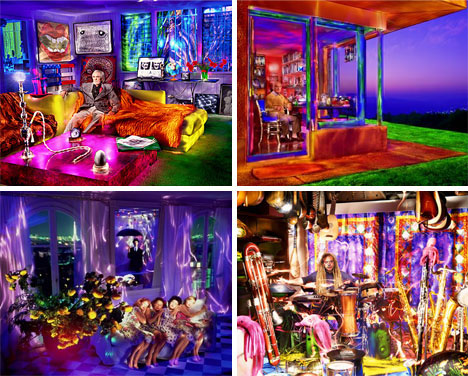
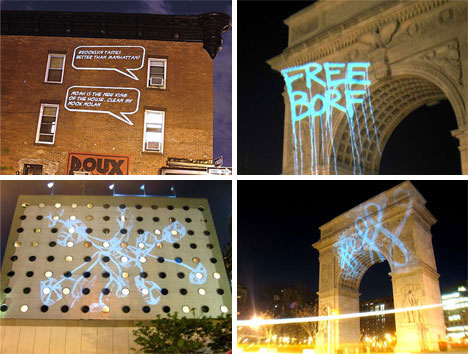
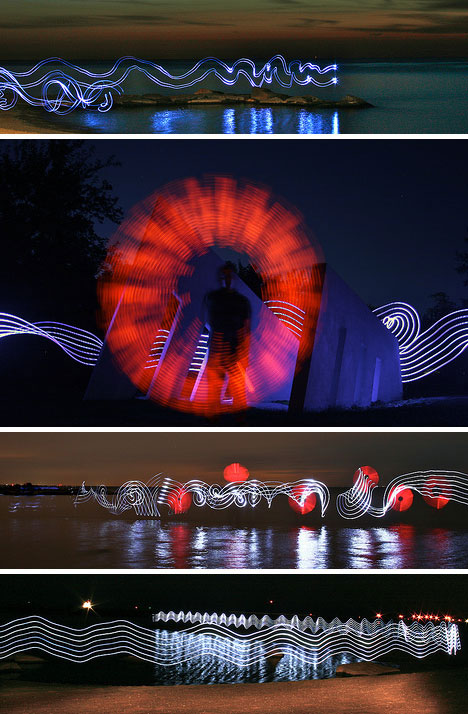
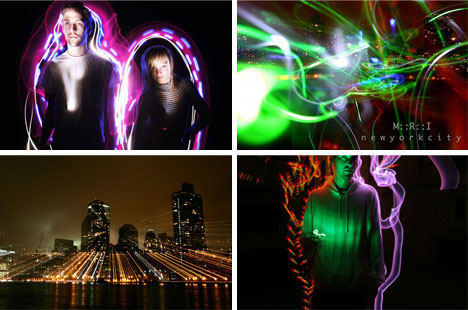
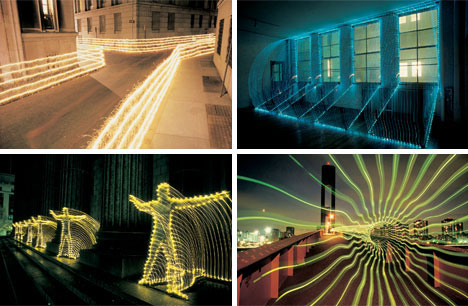
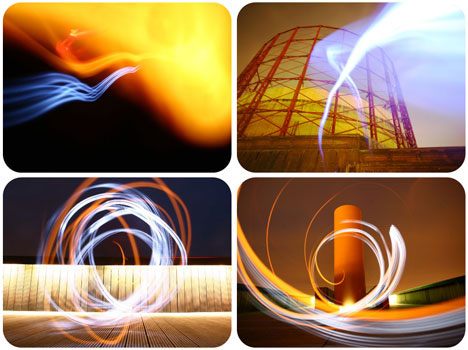
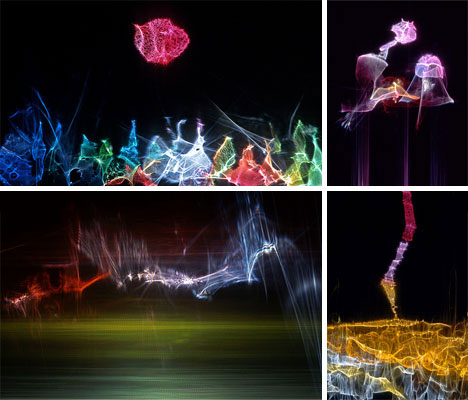
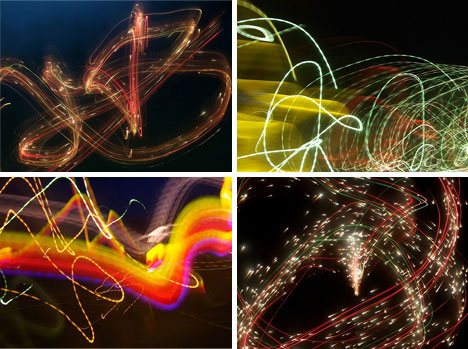
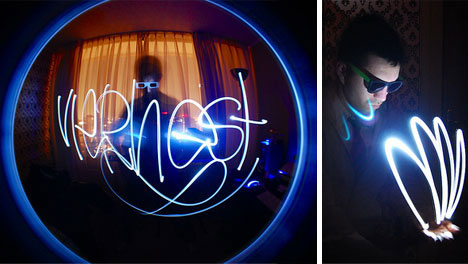
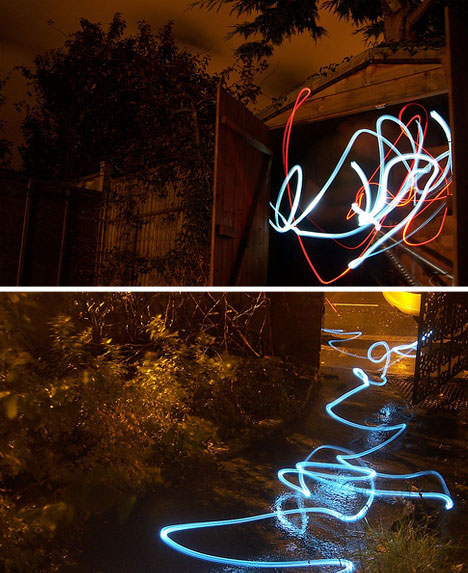
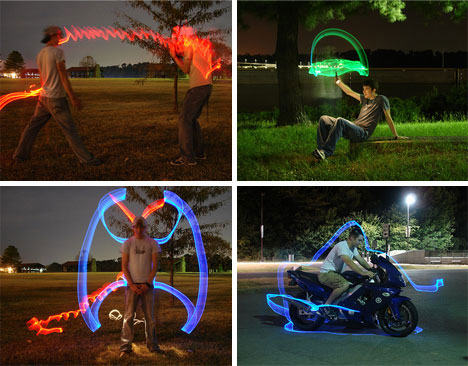
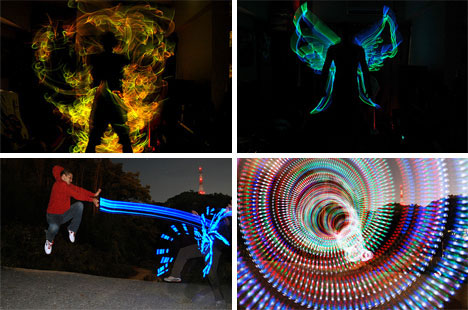
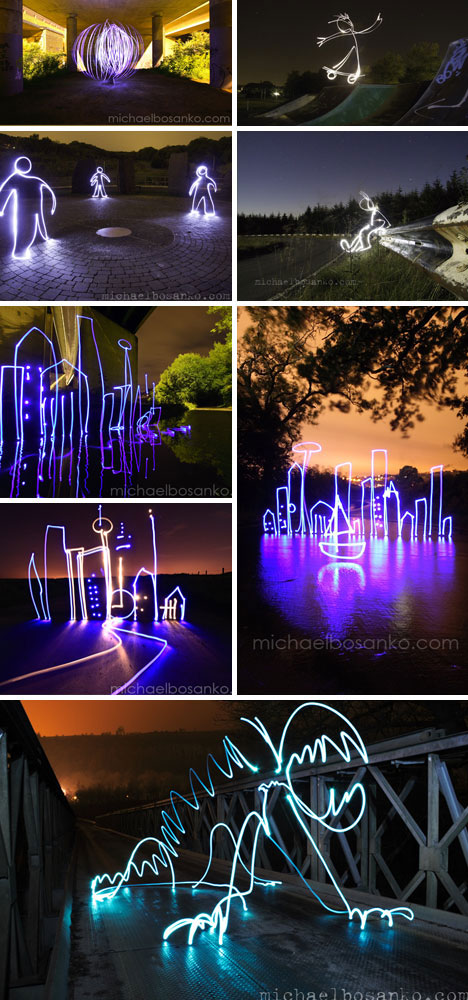
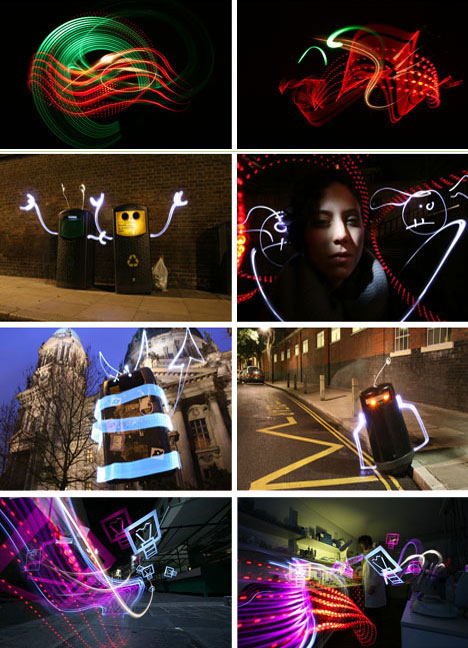












 5263
5263 2074
2074 1147
1147










such a good collection tq!
tq!